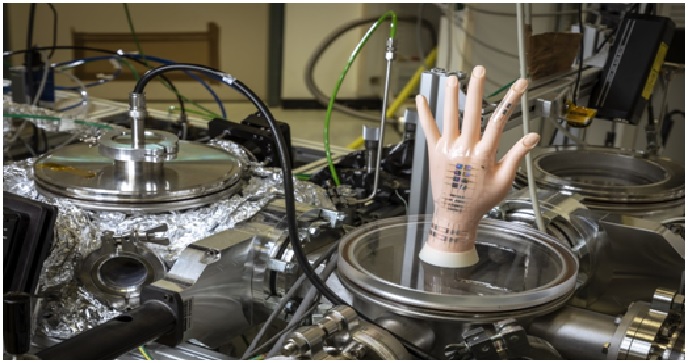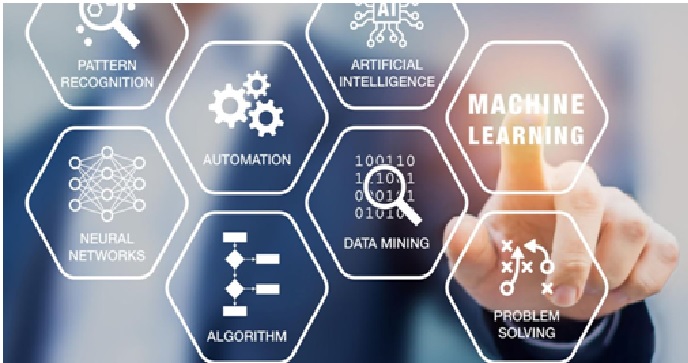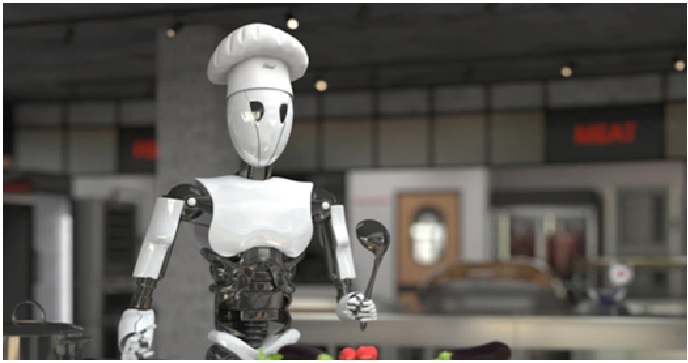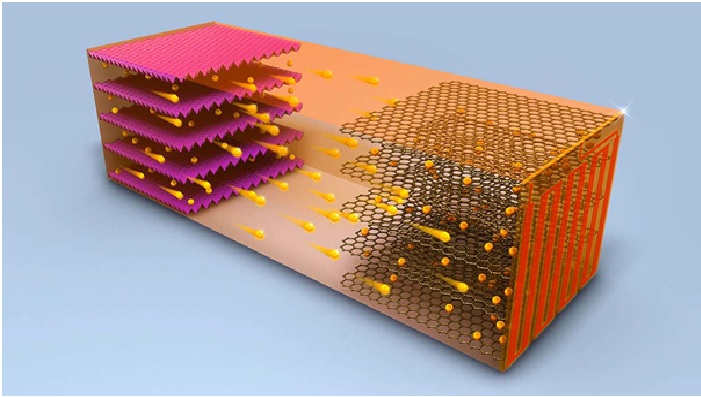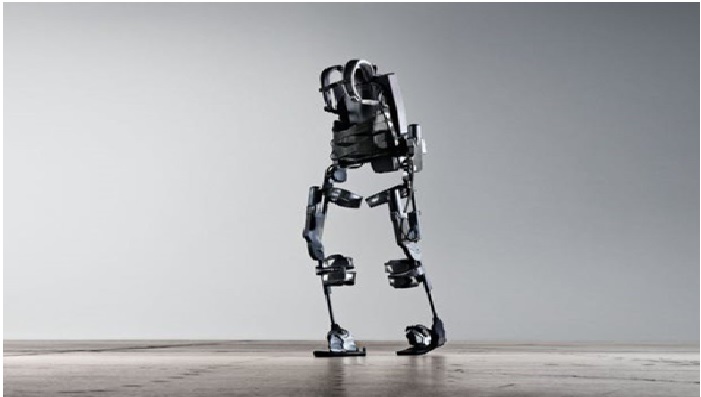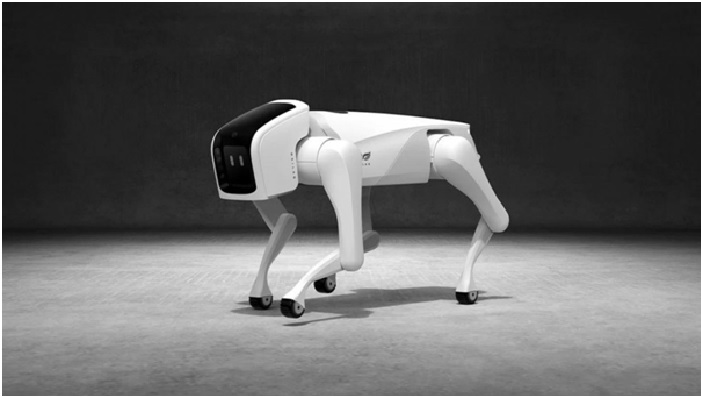The Innovations of Mind-Reading Robots
Robots are here to stay, and they’re only getting smarter. But it’ll be a while until they respond to our every verbal command, so until then we’ll have to use our mind to communicate with them. [1] The way to combine brainwaves and hand gestures to allow humans to interact with machines effortlessly.

Figure 1. The Mind-Reading Robots.
The idea here is to allow machines to easily correlate and interpret the brain signals and hand movements of a person and turn them into quick robotic actions. That way, humans would not have to master coding skills required to preprogram robots to perform specific tasks in direct response to human interaction. The figure 1 shows the mind-reading process.
The technology is still in its infancy and requires a human to wear a couple of cumbersome devices that would measure the electrical activity of the brain and the muscular activity of the hand. That’s how the robot “reads” our minds and muscle movements.
A team from MIT’s Computer Science and Artificial Intelligence Laboratory (CSAIL) and Boston University has developed a feedback system that lets people use their thoughts to correct robots instantly when the machines make mistakes. [2] Using data from an electroencephalography (EEG) monitor that records brain activity, the system can detect—in the space of 10 to 30 milliseconds—if a person notices an error as a robot performs an object-sorting task.
The research, which will be presented at the Robotics: Science and Systems conference in Pittsburgh next week, aims to create a natural link between human and machine that feels completely transparent and natural. The idea is to create an interface that acts like an extension of a person’s will, without any training or learning any mental commands. [3] The first time scientists have tried to control robots with brainwaves, but older systems failed when it came to accuracy.
As human participants in the study observed "Baxter," a mostly humanoid robot by Rethink Robotics, sort through two kinds of objects on a table, their EEG caps picked up on faint signals put out by the brain when errors are observed. Known as error-related potential (ErrP), [4] these brainwaves can be classified as such by Baxter's machine-learning algorithms in 10 to 30 milliseconds, allowing the bot to adjusts its actions without direct human interference.
CSAIL research scientist Stephanie Gil commented in a release, “If the robot’s not sure about its decision, it can trigger a human response to get a more accurate answer,” says Gil. “These signals can dramatically improve accuracy, creating a continuous dialogue between human and robot in communicating their choices.”
“By looking at both muscle and brain signals, we can start to pick up on a person’s natural gestures along with their snap decisions about whether something is going wrong,” DelPreto said. [5] “This helps make communicating with a robot more like communicating with another person.”
The system could be used in the future by various types of people, including workers with disabilities or limited mobility, but also the elderly, according to the team. And who knows, this type of robot control could one day be used to conquer space.
References:
- https://nypost.com/2018/06/20/mind-reading-robots-will-exist-much-sooner-than-you-think/
- https://www.technologyreview.com/2017/04/25/152264/mind-reading-robots/
- https://www.fastcompany.com/90176478/mind-reading-robots-are-no-longer-science-fiction
- https://www.forbes.com/sites/janetwburns/2017/03/06/mind-contolled-robot-knows-when-you-think-its-made-a-mistake/?sh=6fba99cc2280
- https://bgr.com/tech/mit-csail-robots-reading-minds/
Cite this article:
Vinotha D (2022), The Innovations of Mind-Reading Robots, AnaTechMaz, pp.96


